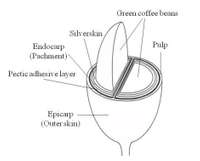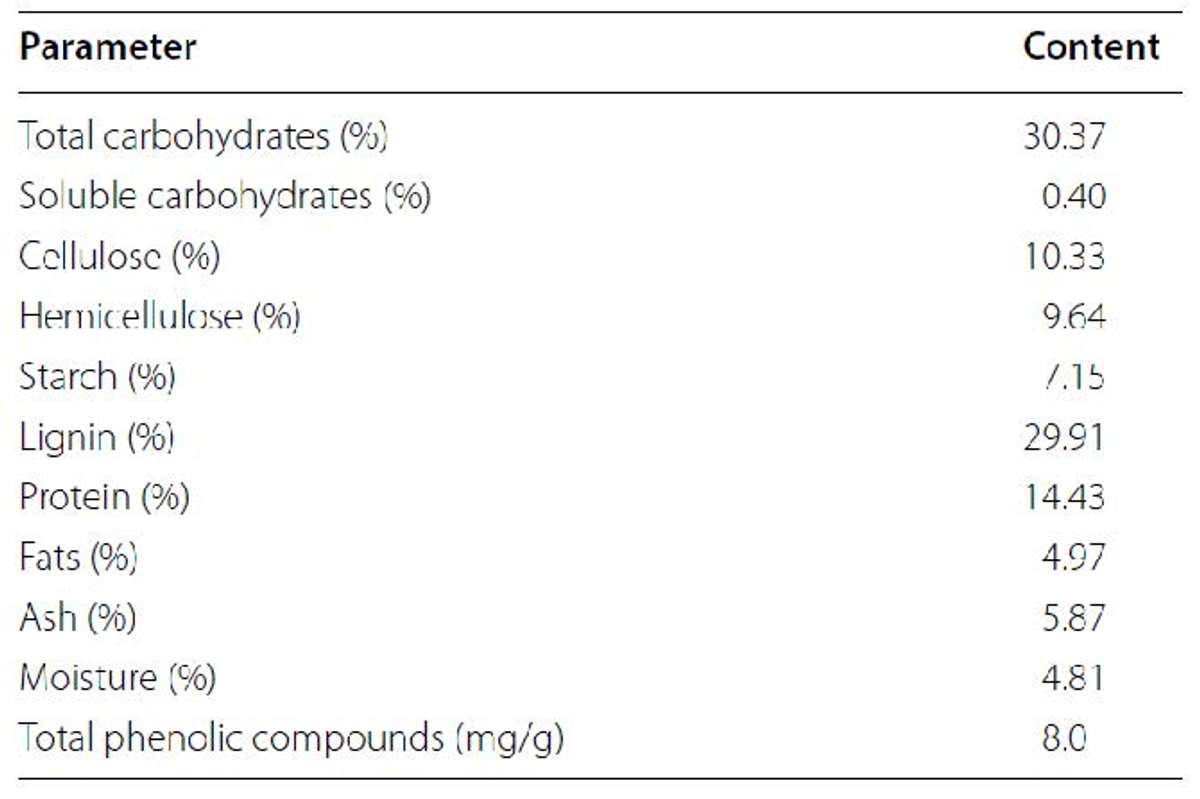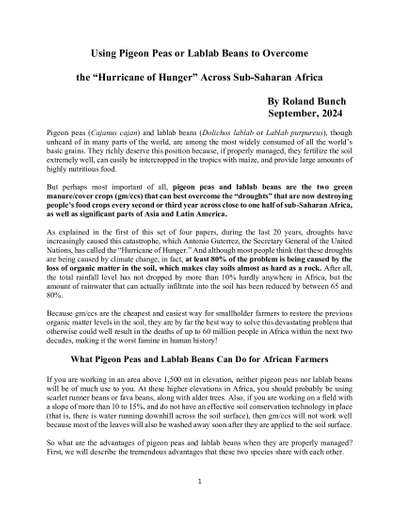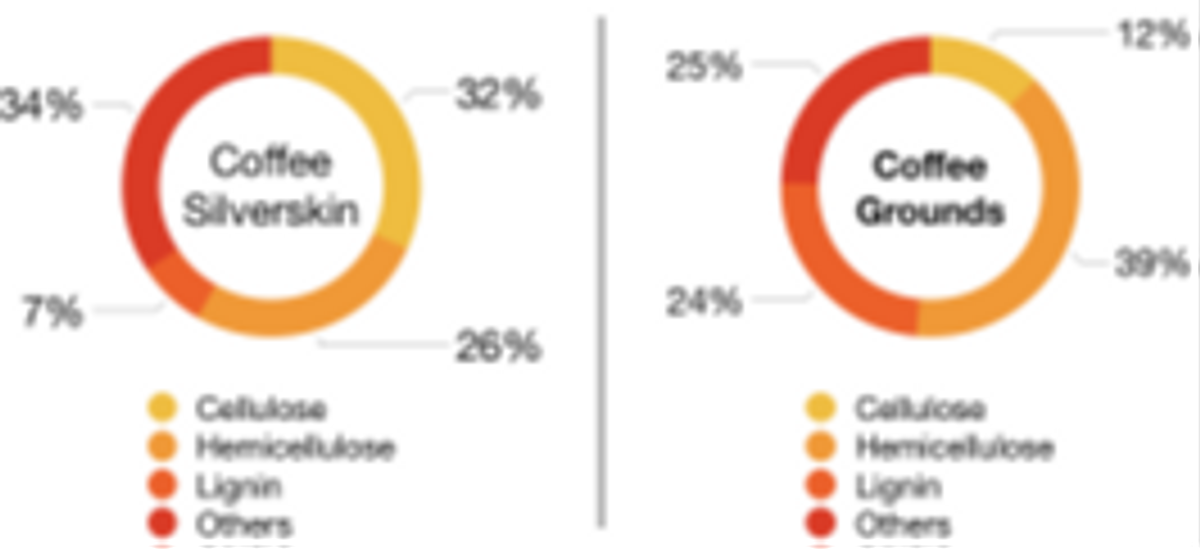General Technical Documents
General Technical Documents are resources made available through ECHOcommunity.org that are not currently part of an ECHO periodical publication such as ECHO Development Notes or ECHO Technical Notes. These resources may or may not be published by ECHO, but have been made available to the ECHOcommunity as online, sharable resources.
90 Problématiques abordées dans cette publication (Affichage 41 - 50) Précédent | Suite
Using Pigeon Peas or Lablab Beans to Overcome the “Hurricane of Hunger” Across Sub-Saharan Africa - 01/09/2024
This publication shares experiences about the uses of pigeon pea (Cajanus cajan) or Lablab purpureus from the knowledgable green manure cover crop expert, Roland Bunch.
What Is the Most Effective Way of Overcoming the “Hurricane of Hunger”? - 01/09/2024
This publication shares experiences about the uses of cropping systems to overcome hunger from the renound international agricultural development expert, Roland Bunch.
Cambodian Food Culture - 31/03/2023
- Aussi disponible en:
- English (en)
- ភាសាខ្មែរ (km)
by Sovanneary Huot, Dr. David Ader, Dr. Srean Pao, Dr. Ricky Bates, and Hans Goertz
This recipe and nutrition guide is written in Khmer and focuses on wild food plants, sometimes called neglected and underutilized species, of the country of Cambodia. Smallholders forage and/or cultivate plants with a diversity of functions, but this resource focuses on wild food plants and how to incorporate them into daily diets. Many wild food plants are nutrient-dense and include vital nutrients and minerals for human health. Information about these plants has been lost over time though elders in communities may still remember how to cultivate and/or cook them. This cookbook Cambodian Food Culture: Wild food plant dishes contains thirteen recipes highlighting wild food plants. Each recipe details ingredients and preparation steps for traditional dishes. Nutritional tables are at the end of the book. The authors state that "The purpose of this book is to promote the stewardship and understanding of the benefits and sues of wild food plants for everyday food consumption."
Beyond Borders: Satellite Applications for Humanitarian Emergencies - 20/08/2022
Humanitarian actors continually make complex decisions in the preparation for, and response to, humanitarian emergencies. Digital technologies support these decisionmaking processes by providing large volumes of high-quality data that enables insight. The term “digital data for development (D4D)” refers to the use of data generated by mobile, satellite, and digital devices to inform and strengthen nonprofit, humanitarian, and public-sector decision-making.
Satellite applications, as digital technology, provide a unique source of data about people and their surrounding environment and can fill significant data and information gaps in management and decision-making processes. Often this data may not exist in any other form (e.g., in remote or conflict areas). In other cases, satellite applications may offer data that is more frequent, more detailed, and more affordable than groundbased data sources, such as traditional maps, census data, bespoke surveys, ground teams, or even innovative methods like the use of drones.
Coffee Silverskin - 01/07/2022
Coffee silverskin is high in nutrients, but contains recalcitrant and phytotoxic compounds, limiting its use as a mulch or soil amendment. Fortunately, composting can reduce or eliminate these problems.
Composition

Figure 1. Components of the coffee cherry. (Narita and Inouye 2014)
Coffee Silverskin (CS) is the membrane surrounding the coffee bean which separates from the bean during roasting (Figure 1). More-exterior layers, from endocarp outward, are removed prior to roasting, during coffee cherry processing. Thus, CS is the predominant waste created during bean roasting.
Figure 2. Composition of Coffee Silverskin and Spent Coffee Grounds (Malara et al 2018)
CS is largely composed of lignin, cellulose, and hemicellulose, probably in the form of a lignocellulosic matrix (Carnier et al 2019). Composition varies with the type of coffee and growing conditions. Examples of the varying composition are illustrated in Figure 2 and Table 1.
CS is high in nutrients, including N, P, K and a variety of micronutrients (Table 2). However, CS is also known to contain a number of potentially phytotoxic compounds including phenolics, chlorogenic acid, and caffeine (Gonzalez-Moreno et al 2020, Picca et al 2022). Some CS compounds also exhibit anti-fungal properties and CS extract has been proposed as an alternative wood preservative (Barbero-Lopez et al 2020).

Table 1. Composition of Coffee Silverskin dry mass. (Hijosa-Valsera et al, 2018)
CS as Soil Amendment or Mulch
The high nutrient content suggests that CS could be used as a fertilizer or soil amendment. However, it appears that the nitrogen is primarily bound in highly recalcitrant lignocellulosic compounds. The lack of available N means CS should not be considered a fertilizer or soil amendment (Carnier et al 2019).
Table 2. Example Nutrient Content of CS (adapted from Gonzalez-Moreno et al 2020)
|
Parameter |
w/w % |
|
TKN |
5.1 |
|
Organic N |
4.6 |
|
P |
0.4 |
|
K |
3.3 |
|
Ca |
2.2 |
|
Mg |
0.8 |
|
S |
1.2 |
|
Fe |
0.15 |
The lignocellulosic content of CS should not pose a problem if used as a mulch. However, the phytogenic properties of some CS compounds suggests that heavy use of CS as a mulch should be avoided (Gonzalez-Moreno et al 2020, Picca et al 2022).
Fortunately, composting has been shown to degrade the phytogenic compounds in CS, providing a route for safely returning CS nutrients to the soil. Picca et al (2022) have shown that composting with garden prunings and biochar eliminated phytotoxicity while making nitrogen readily available. Gonzalez-Moreno et al (2020) demonstrated a similar outcome with vermicomposting. However, they noted that CS can be toxic to worms in high concentration.
References
Barbero-López, A., Monzó-Beltrán, J., Virjamo, V., Akkanen, J., & Haapala, A. (2020). Revalorization of coffee silverskin as a potential feedstock for antifungal chemicals in wood preservation. International Biodeterioration & Biodegradation, 152, 105011.
Carnier, R., Berton, R. S., Coscione, A. R., Pires, A. M. M., & Corbo, J. Z. (2019). Coffee silverskin and expired coffee powder used as organic fertilizers.
González-Moreno, M. A., García Gracianteparaluceta, B., Marcelino Sádaba, S., Zaratiegui Urdin, J., Robles Domínguez, E., Pérez Ezcurdia, M. A., & Seco Meneses, A. (2020). Feasibility of vermicomposting of spent coffee grounds and silverskin from coffee industries: A laboratory study. Agronomy, 10(8), 1125.
Hijosa-Valsero, M., Garita-Cambronero, J., Paniagua-García, A. I., & Díez-Antolínez, R. (2018). Biobutanol production from coffee silverskin. Microbial cell factories, 17(1), 1-9.
Malara, A., Paone, E., Frontera, P., Bonaccorsi, L., Panzera, G., & Mauriello, F. (2018). Sustainable exploitation of coffee silverskin in water remediation. Sustainability, 10(10), 3547.
Narita, Y., & Inouye, K. (2014). Review on utilization and composition of coffee silverskin. Food Research International, 61, 16-22.
Picca, G., Plaza, C., Madejón, E., & Panettieri, M. (2022). Compositing of coffee silverskin with carbon rich materials leads to high quality soil amendments.
Food Safety Strategy for Africa 2022 - 2036 - 20/01/2022
Food safety is poised to play a key role in Africa’s agricultural transformation due increased demand for food fueled by the continent’s rapid population growth and the entry into force of the exciting era of the African Continental Free Trade (AfCFTA) Area Agreement. Within the broader context of Sanitary and PhytoSanitary (SPS) measures, food safety presents an enormous opportunity for food trade under the AfCFTA since over 75% of trade in Africa is dominated by agriculture products. However, Africa’s food safety records remain the worst compared to other regions, and accounts for 30% of global deaths associated with foodborne illnesses. Consumption of unsafe food accounts for approximately 137,000 deaths and about 91 million cases of acute foodborne illnesses on an annual basis in Africa, the highest estimates worldwide. Moreover, these foodborne diseases affect disproportionately the most vulnerable of the society, the infants, young children (under five years), pregnant women, the elderly and immunocompromised people. Besides the human suffering caused by foodborne illnesses, the economic impact on African economies due to unsafe foods is staggering.
A situation which if not addressed could seriously jeopardize the attainment of the goals set in the Malabo Declaration on Accelerated Agriculture growth and Transformation because of the cost of lost productivity to African economies the cost of lost opportunities in agriculture food trade gains that could prevent the achievement of the goal set of tripling intra-African trade by 2025.
The Food Safety Strategy of Africa (FSSA) will provide a harmonized framework to implement activities that mitigate various food safety threats that negatively impact consumers’ health. The strategy will help to address non-tariff barriers, particularly those related to Sanitary and Phytosanitary (SPS) measures or standards that have the potential of slowing down the attainment of the Malabo Declaration aspirations and ultimately the African Union Agenda 2063 and related flagship programmes impacted by food safety. An additional benefit of the strategy will be reduction of duplication of efforts, facilitating synergy leveraging on resources and capabilities, and enhancing lesson learning and best practices. This strategy is developed as a tool for the implementation of the Continental SPS Policy Framework for Africa endorsed by AU policy organs in 2020.
Modern Beekeeping Practice and Honey Production - Nigeria's untapped goldmine - 20/01/2022
Submitted by the author for publication on ECHOcommunity : © 2022 Yusuf Olufade
No book on beekeeping can cover everything about such a vast subject, and so a decision was taken to steer the reader towards the practical rather than the theoretical side of the subject. It is hoped that, by doing so, this book should help to get you started. You can pick up the more theoretical aspects from specialist books and beekeeping journals and papers – the important thing now is to begin to explore the exciting world of beekeeping which is largely untapped in Nigeria.
This book will also let government at all levels, corporate bodies and Non-Governmental Organizations to know the most sustainable and workable business model for commercial scale modern beekeeping in Nigeria based on my thorough research and analyses.
Guide photo rapide de ECHO sur les dégâts causés par les insectes ravageurs par rapport à d’autres dégâts subis par les cultures - 07/04/2021
- Aussi disponible en:
- English (en)
- Español (es)
Insect feeding damage or other insect activity can look similar to many bacterial, fungal, or viral diseases or to plant nutrient deficiency symptoms. Before taking action against an assumed insect pest, verify that the symptoms you observe are not caused by a bacterial, viral, or fungal infection. Insecticides are not effective against these types of infections, and improper use of insecticides wastes farmers’ valuable resources and can kill beneficial insects. For visual comparisons of common diseases and pest damage, you can use this quick photo guide which has side-by-side photo comparisons of commonly confused plant health issues.
Fiche Technique pour le Système de Riziculture Intensive (SRI) à Tombouctou, Mali - 20/10/2020
- Aussi disponible en:
- English (en)
Cette fiche technique a été élaborée pendant la saison culturale 2008/2009 par les techniciens d’Africare et du Service d’Agriculture du Cercle (SAC) de Goundam. Les consignes techniques décrites dans cette fiche sont issues i) de l’étude bibliographique des pratiques SRI ailleurs dans le monde, plus précisément à Madagascar, au Nepal et en Inde (voir bibliographie à la fin de ce document), et ii) d’adapter les consignes techniques SRI aux conditions locales de la riziculture avec 60 paysans de Goundam et Dire dans la région de Tombouctou. Cette fiche est en élaboration, car au fur et à mesure que nous gagnons de l’expérience avec le SRI, les consignes techniques vont se développer. Également, il y a toujours un travail d’adaptation aux conditions locales à faire.
Directives d’Analyse du Sol - CFGB - 20/04/2020
- Aussi disponible en:
- English (en)
L’infertilité du sol est une contrainte majeure pour l’amélioration de la production agricole envers les petits agriculteurs. Dans les zones d’interventions des membres de Canadian Foodgrains Bank, les sols se dégradent et deviennent médiocres en éléments nutritifs et matières organiques. L’analyse du sol mesure la santé et la capacité de rétention des éléments nutritifs, et fournit l’état de sa santé et des éléments nutritifs contenus dans le sol. Elle sert aussi de base pour les décisions de gestion des cultures et du sol. L’analyse du sol a été proposée par les techniciens spécialistes, par les agents gouvernementaux de vulgarisation et à travers les messages radiodiffusés. Par conséquent, il y a une demande croissante par les agriculteurs et des partenaires du projet pour des stratégies et services d’analyse du sol. Les agriculteurs ont besoin d’une directive spécifique sur quels meilleurs intrants fertilisants, et quelle quantité à appliquer.
Vu plusieurs options d’analyse du sol disponibles, il est important d’identifier quelles analyses sont les plus utiles pour un projet donné, et pour quelle raison. Certaines analyses sont utiles pour élaborer des recommandations sur la façon dont les agriculteurs gèrent les cultures. D’autres analyses pourraient ne pas aider dans la prise de décisions face à la gestion des cultures, mais sont plutôt utiles à la formation des agriculteurs en vue de pouvoir réfléchir à la santé du sol. D’autres sont encore utiles au contrôle et à l’évaluation des effets du projet aux éléments nutritifs et à la santé du sol. Ce guide est désigné pour aider les partenaires à décider quelles analyses sont plus importantes et rentables pour leur contexte.










